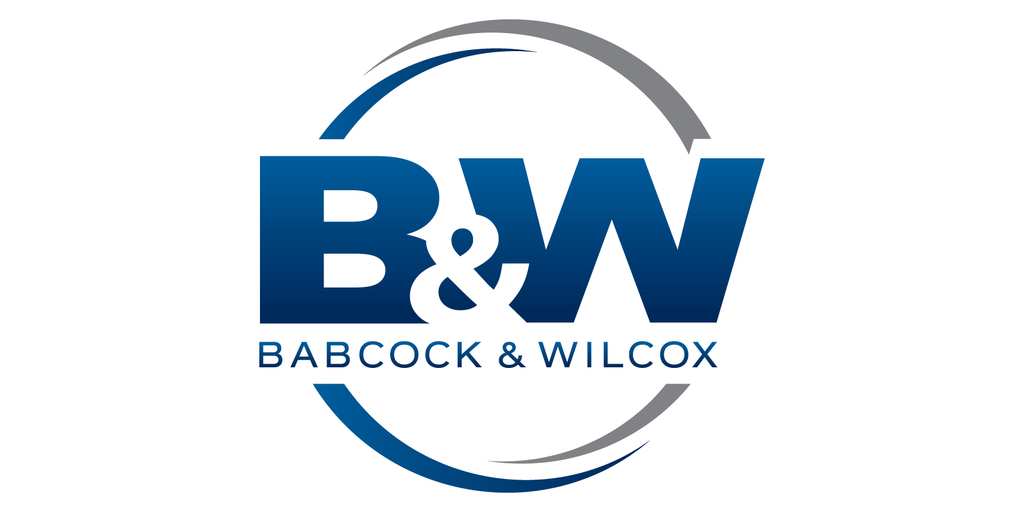Support CleanTechnica’s work through a Substack subscription or on Stripe.
In writing about some of the worst foods for climate change. which are animal-based: beef, dairy products, farmed shrimp, pork, and lamb & mutton, one issue came up, which is the emissions from rice cultivation. The climate change emissions from rice that cause the most damage are methane emissions due to wet farming. Fortunately, there are some measures to take to reduce these emissions.
“Alternate wetting and drying (AWD), can also be called “controlled irrigation” or “multiple irrigation” around key rice-crop growth periods such as flowering. This helps to control weeds and ensure rice crops have sufficient water while reducing methane emissions from paddy rice systems, as well as the uptake of arsenic by rice plants, which is highly unhealthy for human consumption.”
“Mid-season drainage, also called a single drawdown of water during the mid-season, involves drainage for 5–10 days during the crop growing season, which generates GHG reduction benefits.”
“Direct seeding: seeding rice into dry soil rather than already flooded fields, which reduces methane emissions by reducing the flooding season by approximately one month.”
Rice emissions can be improved and they need to be because although rice is a plant food and quite commonly used, it is not a low-carbon food at the moment.
Consequently, I started wondering about some rice alternatives that are low-carbon and suitable to someone who wants to pursue a more sustainable and lower-impact diet.
In no particular order, they are:
The above foods are not intended to be an exhaustive list; there are probably other rice alternatives that can work well too. (Some of the ones in the list actually have a bit more protein than rice.)
For context, agriculture and food have their climate change impacts and they are significant, but fossil fuels are the primary contributor to climate change.
Hat tip to the commenter FreedomEV for the feedback about rice cultivation.
As an aside, if you have ever eaten at an Ethiopian restaurant and had the sourdough flatbread called Injera, it is made from the teff grain.
Sign up for CleanTechnica’s Weekly Substack for Zach and Scott’s in-depth analyses and high level summaries, sign up for our daily newsletter, and follow us on Google News!
Have a tip for CleanTechnica? Want to advertise? Want to suggest a guest for our CleanTech Talk podcast? Contact us here.
Sign up for our daily newsletter for 15 new cleantech stories a day. Or sign up for our weekly one on top stories of the week if daily is too frequent.
CleanTechnica uses affiliate links. See our policy here.
CleanTechnica’s Comment Policy




